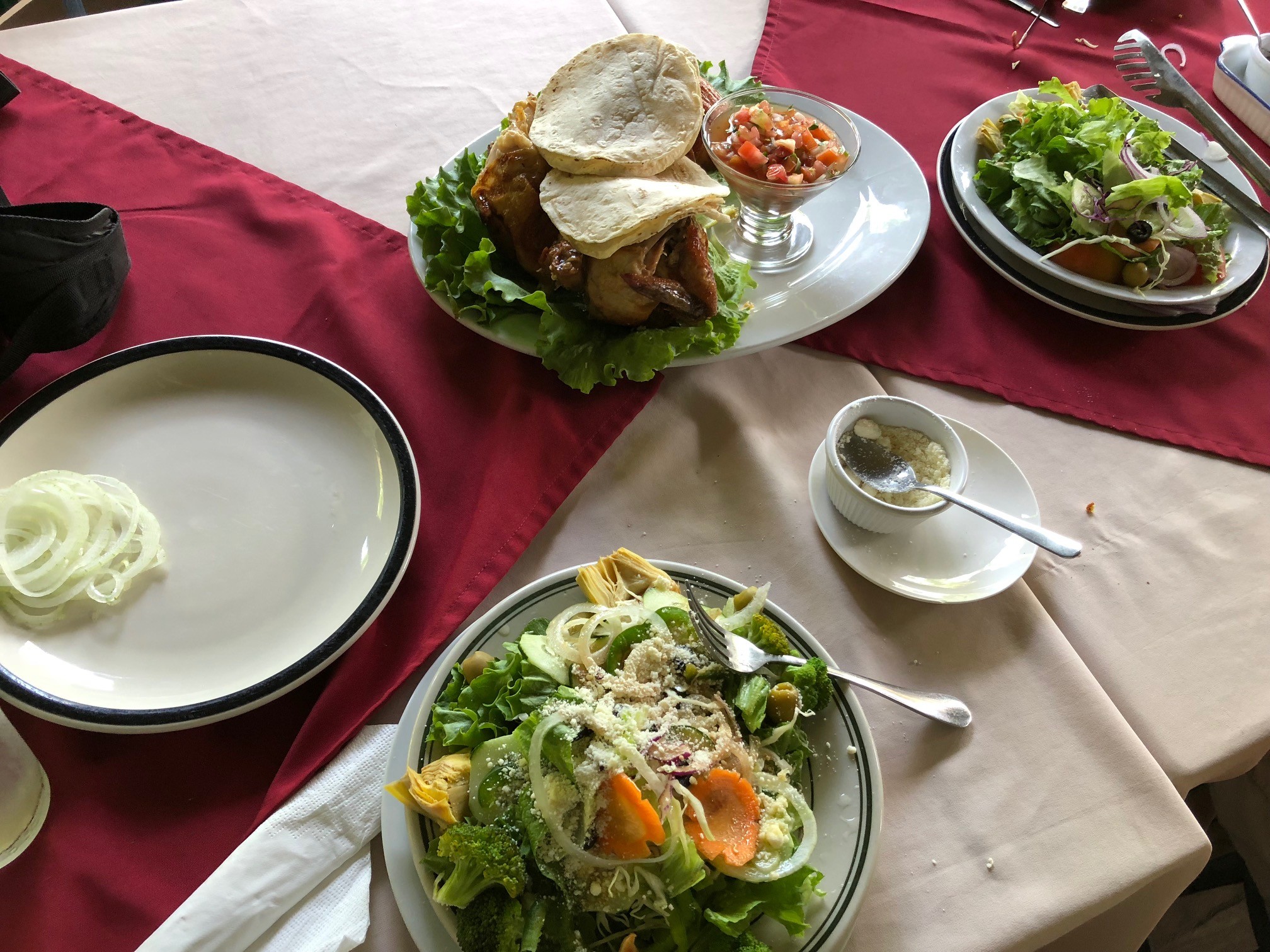Settling in to Costa Rican culture and lifestyle
With endless stretches of stunning coastline, luscious rainforests, majestic mountain ranges, and volcanoes, Costa Rica offers breathtakingly beautiful scenery, but that’s not the only reason why expats love it. Achieving a second place in InterNations “best places for expats”, Costa Rica offers a high quality of life and a peaceful, laidback culture, making it an ideal destination for both retirees and expats looking for a slower pace of living. Whether you’ve just made the move or you’re thinking of moving, here are a few tips to help you settle into Costa Rican culture and lifestyle.
Learn the language
Costa Rica is home to a beautiful mix of languages and cultures, and while the official language is Spanish, there are many indigenous languages that are spoken in various regions including Cabécar, Bribri, and Maléku. If you’re originally from an English-speaking country, you’ll be relieved to know that many people speak English, but it can be very beneficial to learn how to speak Spanish. James Dyde, editor of CentralAmerica.com highlights the importance of being able to speak the local language saying, “unless you learn Spanish you’re never going to properly adapt to life in Costa Rica”. Not only will learning the local language help you tackle communication barriers, it should also help you integrate and settle into your new home.
“There are a lot of expats in Costa Rica, and while there are not a lot of expat communities per se, many tend to integrate with the local populace more than stick together,” says James. There are of course areas of Costa Rica that are more tourist and expat-oriented where you’ll find the majority of people speak English, but to truly immerse yourself in the country’s rich and diverse culture, it’s best to learn a little Spanish.
Divulge in Costa Rican cuisine
There’s no better way to truly experience a country’s culture than by divulging in the local cuisine. Many dishes comprise rice and beans, making it no surprise that the country’s most popular and traditional breakfast consists of those well-loved ingredients. Known as Gallo pinto, or just pinto by the locals, this dish is made with black beans, rice, onions, and cilantro, and is usually served with eggs, tortillas, and sour cream. This dish has roots in both Costa Rican and Nicaraguan culture – even though each country claims it as its own – and is considered a national symbol. Another popular and adored meal is Casado which means “marriage” and is thought to be named as such because it is made up of a selection of foods, making it a truly hefty yet hearty dish. It usually includes fish or meat (chicken, pork, or beef), rice, beans, onions, cabbage or salad, and fried plantains.

A few other Costa Rican favorites include arroz con pollo (rice and chicken) made with vegetables and spices and is often compared to Spanish paella. Chifrijo, so called because it is a combination of chicharrones with frijoles (fried pork rind and beans), is another popular Costa Rican delicacy that you’ll often find at local events, farmers’ markets, and restaurants. It is usually served with fried tortilla chips, corn tortillas, or bread. Once you’ve had your fill of savory Costa Rican delights, be sure to save room for dessert. Tres leches which translate to “three milks”, is a light, airy sponge cake created with a mixture of three kinds of milk: evaporated milk, sweetened condensed milk, and heavy cream. This popular and delicious dessert is topped with whipped cream or merengue, perfect for those with a sweet tooth.
In Costa Rica, lunch is by far the most important meal of the day. “A typical day starts with a hearty breakfast of Gallo pinto followed by an even heartier lunch – normally a Casado or Arroz con Pollo,” says James. “Dinner, on the other hand, is generally a small, light affair, maybe a soup or something like that”. Not only does Costa Rica offer delicious cuisine, but its diet is also considered to be one of the healthiest in Latin America according to The Lancet Global Health. The country’s healthy diet also contributes to the population’s high life expectancy, among other elements including healthcare quality.
Embrace “Tico Time” and “Pura Vida”
While some feel the notion of “Pura Vida” is merely used as a marketing strategy to attract those looking to visit and/or live in Costa Rica, it is still very much a philosophy that’s an inherent part of the country’s rich culture. “Pura Vida” which means “pure life” represents the idea of taking a more simple, relaxed, and happy approach to life. As such, it is a concept some embrace whilst others find it challenging to understand and adapt to.

Taking a “Pura Vida” approach to life means that many locals operate on “Tico Time”, which you’ll need to get used to. “Tico Time” basically refers to the laidback attitude Costa Ricans tend to take when it comes to being on time. For instance, simple tasks like waiting for a delivery can be frustrating because there’s a good chance it’s not going to get there on time. This “Pura Vida” mentality may drive you crazy for the first six months, but you’ll soon learn to adjust and go with the flow. “Have an open mind. Don’t get stressed if you’re waiting for hours for something. Chill out. I guess chilling out is the true form of Pura Vida” says James.
The “Pura Vida” way of life can be frustrating at times, but once mastered, you’re sure to discover its benefits. So whether it’s the laidback lifestyle or the captivating scenery that attracts you to this glorious country, there are plenty of reasons why Costa Rica is an attractive destination for those looking to experience and immerse themselves in an enriching culture.



